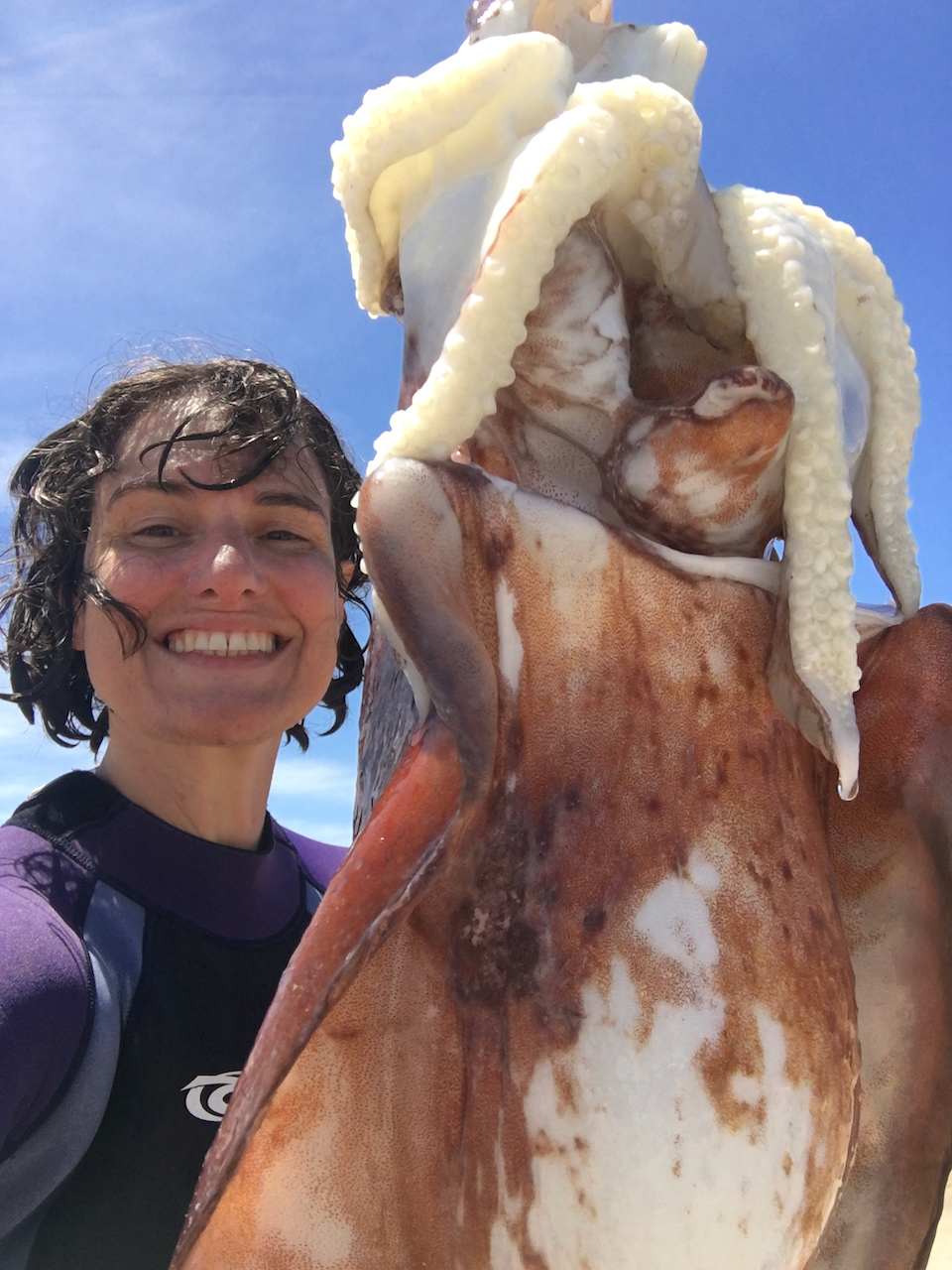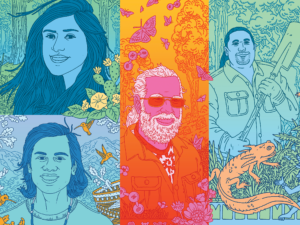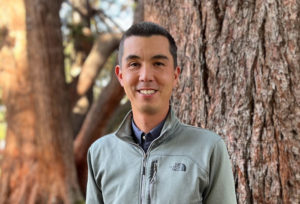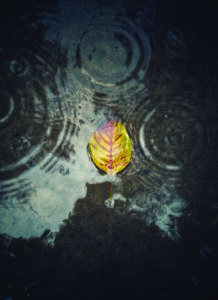
Hello!
I’m Bay Nature’s new digital editor, and I’d like to introduce myself while I’m still in that sweet first stage of the journey — the part where I am stunned by my good fortune, and my backpack has not yet found a way to attack my shoulders.
Arriving at Bay Nature’s one-room Berkeley office, I find, is much like going outside, apart from the desks that line the walls, and, okay, the walls. Partial inventory: Salmon mobile, dangling. California quail painting. Sea-otter mouse pad. Five-foot-wide map of continental U.S. geology—from 1974, but that’s nothing in geological time. Softball-sized rock of unknown provenance. The curtain over my window could be some sort of ancient fishing net. If I ever need to key out amphibian eggs, distinguish between inland fishes, or simply deepen my knowledge of Spiders and Their Kin: this office is where you will find me.
The place manifests what lured me to Bay Nature from freelance reporting, a job that took me just this year, to seal rookeries, cherry orchards, and the middle of the Bering Sea. A few years back I was living on a 32-foot sailboat with my partner, sailing around the South Pacific Ocean. I often feel not quite civilized, more outdoor than indoor cat. Bay Nature is the rare newsroom where that’s an asset.
Specifically, though, what lured me were the two-headed flatworms. I challenge anyone to write a better headline ever: “They Live In Your Garden, Have Flexible Head Arrangements, and May or May Not Cause Problems.” Robin Agarwal, a frequent contributor and expert on other squishy things (nudibranchs), had found some in her garden and investigated. The details astonished, the writing delighted. A whole world appeared in a garden. I dove in. Bay Nature has twenty years’ worth of such pieces, capturing the joy of curiosity: the stories behind scientific names, the complex existential questions inspired by lichens, the underappreciated undertaker that is Vlad the turkey vulture, and, of course, the essential squirrel-identification helper from John Muir Laws, who inspired my own nature-journaling practice.
But as I read, I saw its range. In the print magazine and online, Bay Nature runs ambitious pieces about those tackling California’s biggest challenges, often well before other media get to them. Topics like why it’s so hard to return stolen land, sea level rise’s “gotcha-from-behind twin” of rising groundwater, and how exactly we intentionally burn a million acres to save our fire-cursed state.
To this job, I bring an investigative reporting background, especially environmental and data journalism, from my years as the multimedia director at the nonprofit Wisconsin Watch. This is a homecoming of sorts, since I attended both Stanford and UC Berkeley. I also bring five boats. To be honest, I have not discussed with Victoria, our editor-in-chief and my boss, how they will be part of the job yet, but I will work on this.
Something I aim for — as a sailor, kayaker, fisherwoman, and half-crazy coldwater swimmer — is to help people deepen their connections to the water. Eric Simons, my predecessor, wrote beautifully in 2017 about why that connection to the San Francisco Bay had, for many, been severed. It wasn’t our fault. It was structural! From “generations of beavering humans whose priority was a stable, fixed border for the water,” he wrote.
The Bay’s breathing today is constrained by a dirt-and-concrete jacket people fitted for it. Now the shared vision of the hundreds of scientists, engineers, and planners who work on the Bay is to break up the jacket. The shared hope is that this will also awaken in Bay Area residents an appreciation for the natural rhythm that’s been hidden from them, and so make the Bay something more than a negative space to drive over.
Nice, Eric. Some other aims of mine: exploring who you are and what you want to read, and introducing Bay Nature to new readers who are keen to learn about nature. We define nature broadly and unsnobbishly, including the weeds in the sidewalk (which may be delicious, invasive or both), or the sidewalk itself (like how it affects people and creatures when it gets very hot). Things anthropogenic, whether cultivated or accidental — since we are part of nature.
And that’s a broad “we,” too. The modern conservation tent is expanding from white, wealthy, and well-to-do — but also, people do lots of stuff in the natural world besides conservation. Personally, I like nature I can eat, so expect some foraging content; we could go poke-poling for monkeyface eels, or grind our own flour from wild buckwheat. I’m also interested in exploring the many jobs people have in nature — artist, scientist, delivery captain, levee-builder. (Do you have one? Tell us about it: editorial@baynature.org.)
So, I hope that, like me, you will come for the two-headed flatworms, and stay for the satisfying deep-dives into the natural world and our roles in it. And I hope to hear from you, too! Tell us how we are doing, what you are doing outside, or simply what bizarre creature you have just seen. We may need to look into it.




